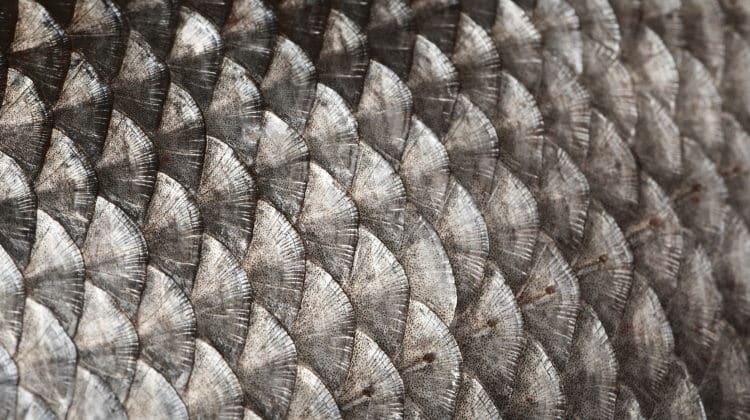theartist
Well-known member
Been thinking about this a lot and can't get my head round it.
Everything on a fishes body seems to relate to how it feeds or surviving in the water it lives in, from upturned/downturned mouths on surface/bottom feeders respectively all the way through to barbules for the rummagers to big eyes for the sight predators, from body shape, fin size, spikes on gill covers, the list goes on... seem to have a purpose befitting the fish, in regards it's quarry, avoiding being something else's quarry or the surrounding environment.
Then you get to the scale sizes. I'm thinking a tench has tiny scales as it's often in and out of silt and dense weedbeds which makes sense - But If so then why do trout and salmon have similar sized scales?
Then if trout, salmon and barbel have small scales because they live in fast water - Then why do Mahseer have massive scales?
Evolution seems to have bypassed scale sizes or is it still a work in progress?
Your thoughts...
Everything on a fishes body seems to relate to how it feeds or surviving in the water it lives in, from upturned/downturned mouths on surface/bottom feeders respectively all the way through to barbules for the rummagers to big eyes for the sight predators, from body shape, fin size, spikes on gill covers, the list goes on... seem to have a purpose befitting the fish, in regards it's quarry, avoiding being something else's quarry or the surrounding environment.
Then you get to the scale sizes. I'm thinking a tench has tiny scales as it's often in and out of silt and dense weedbeds which makes sense - But If so then why do trout and salmon have similar sized scales?
Then if trout, salmon and barbel have small scales because they live in fast water - Then why do Mahseer have massive scales?
Evolution seems to have bypassed scale sizes or is it still a work in progress?
Your thoughts...

